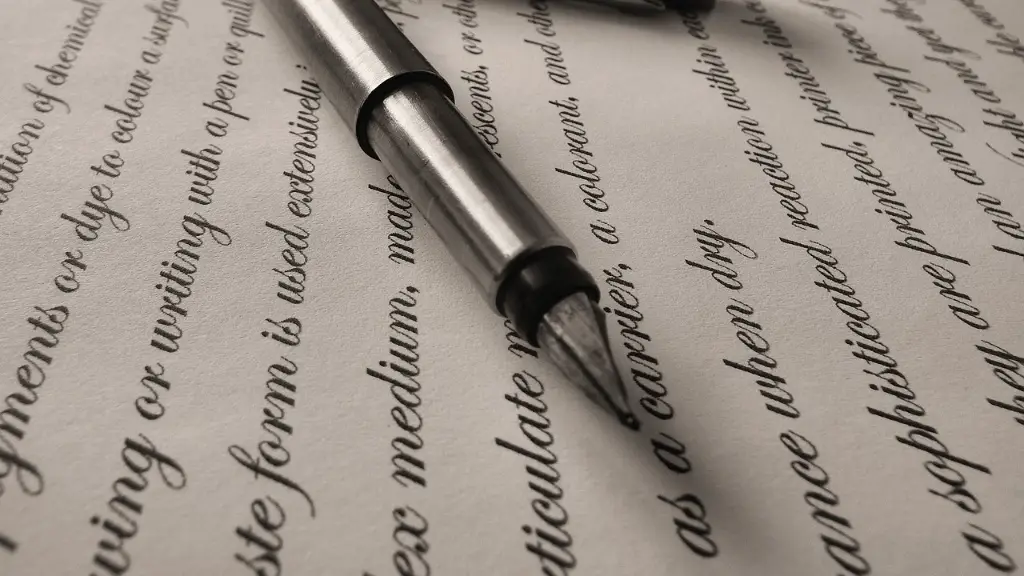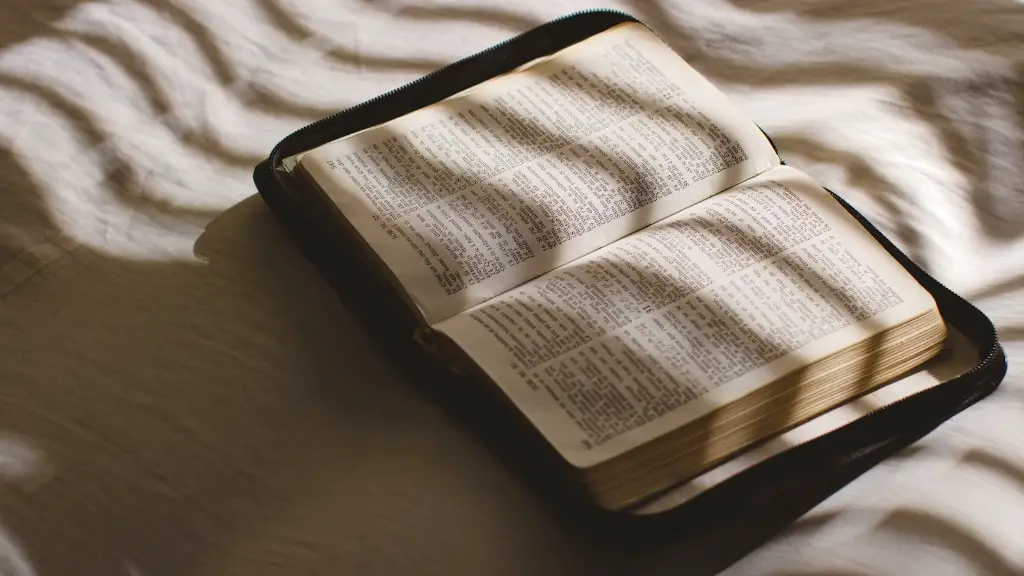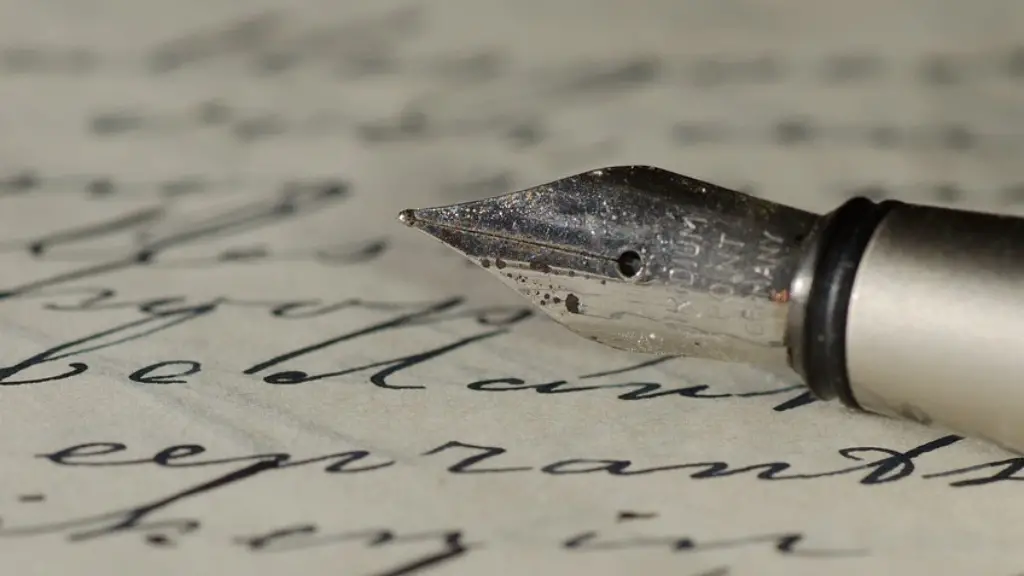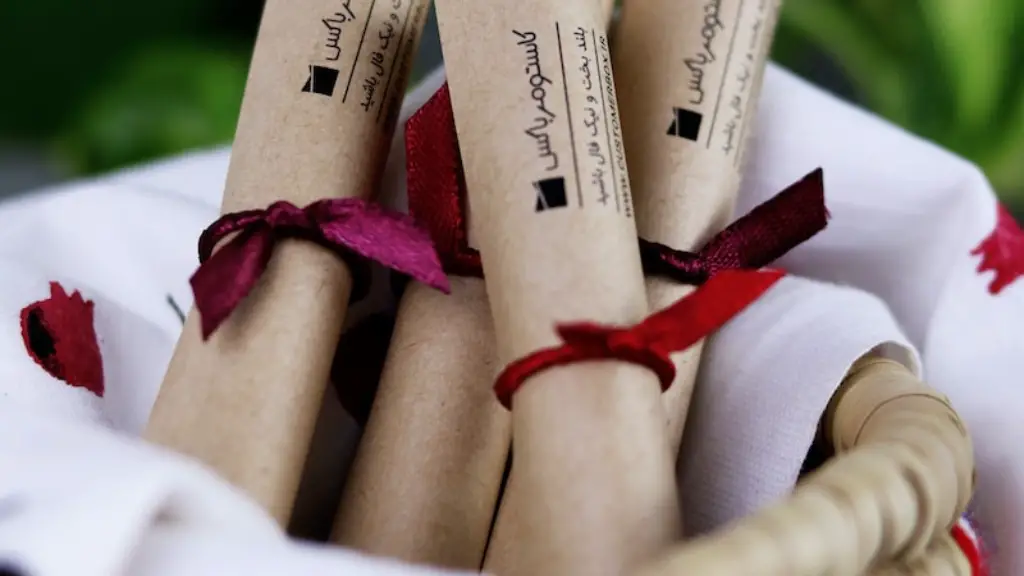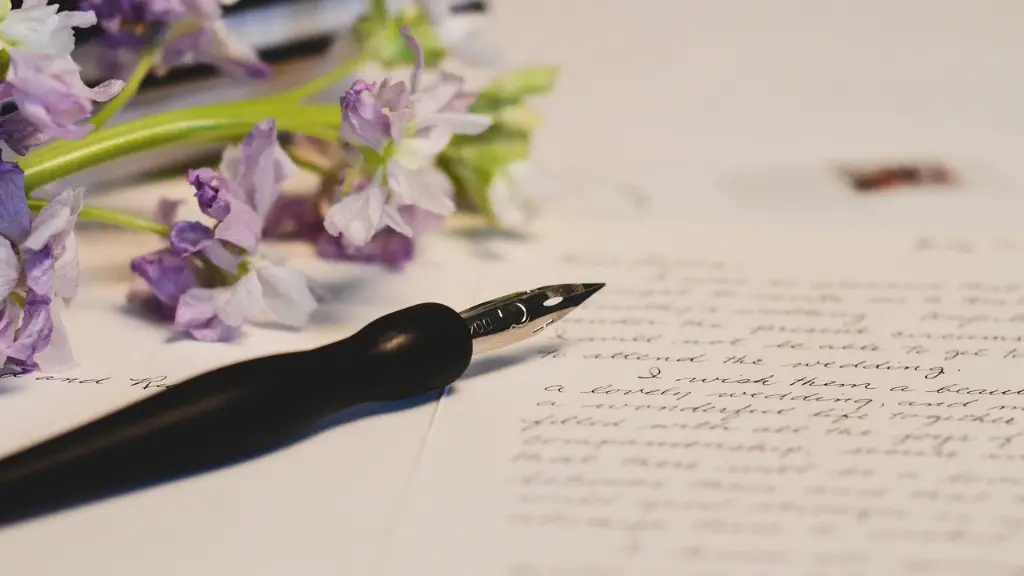How Many Forms of Poetry Are There?
Poetry is one of the oldest forms of expression, and while its primary purpose is to express emotion and creativity, every poet uses different tools, devices, and styles to do so. From the ancient haiku to the modern Sonnet, poetry is an ever-evolving art form that has been reinvented countless times over the centuries. So, just how many forms of poetry are there? The answer is quite a lot, so buckle up for a quick and informative overview of some of the most popular types of poetry.
To start, there are over 100 types of lyrical and modern poetry. This includes more traditional forms such as sestina and rondeau, as well as more recent creations, like free verse and slam poetry. One of the oldest forms, the epic poem, tells a long tale and is still being written and read today. Other ancient forms such as the ode and the villanelle are still used for celebratory and melancholy occasions, respectively. A few other recognizable forms are the limerick and the ballad.
The variety of poetry is truly immense and the potential for creating unique works of art is limitless. Even so, the best poetry can be divided in to two categories: lyrical and modern. Lyrical forms include sonnets, odes, villanelles and sestinas, while modern forms are often minimalist and lack a set structure. Examples of this type of poetry are free verse, haiku, and concrete poetry.
There are also a variety of ways to interpret and use the various forms of poetry. For example, some poets use their own life experiences to create a poem and express their feelings, while others use the forms of poetry to tell a narrative story or paint a vivid description of a scene. No matter the interpretation and use of these forms, the result should be an enticing, creative and powerful piece of art.
While there is no single formula for creating poetry, some popular methods exist. One of the most popular is the use of alliteration, which means repeating the same consonant sound throughout the poem. Other frequently used techniques are assonance, which means repeating vowel sounds in a line, and rhythm or meter, which involves the number of syllables used in the poem and the way they are arranged.
Finally, poets often employ devices such as similes, metaphors, onomatopoeia, and personification to give the reader a deeper understanding of the poem or evoke an emotional response. All of these techniques help the poet to craft a unique and effective piece of art.
Haiku Poetry
One of the oldest and most widely known forms of poetry is haiku. It originated in Japan in the 1700s and is typically composed of three lines. The first and third lines contain five syllables each, while the second contains seven. The haiku conveys one image or thought in a matter of seconds, and the language chosen is often simplistic in order to paint a vivid image in the reader’s mind.
Haiku has been adopted by modern poets, such as American poets Walt Whitman and Robert Frost, as well as contemporary poets such as Buson and Basho. Although the structure remains the same, modern haiku has expanded upon its traditional meaning, often delving into dark and complex themes.
The shorter format of the haiku makes it an accessible form of poetry for newcomers to the craft. It is perfect for conveying a concise, meaningful image or message, and writers can use the brevity of the haiku to explore a variety of themes and topics.
Limerick Poetry
Limericks are humorous and sometimes outrageous five-line poems, usually written in an abcb rhyme scheme. They typically contain lighthearted and sometimes risqué material, though they can be written in an elegant and dignified manner. The limerick originated in England and Ireland during the late 18th century and has grown to be one of the most popular forms of poetry.
Limericks often play with language in clever and entertaining ways, and their joyous nature makes them great for reading aloud or sharing with friends. They can also be used to convey a deeper meaning or provide commentary on a particular topic. Modern poets, such as Edward Lear and Ogden Nash, have taken the limerick to new heights with their witty wordplay and outlandish storylines.
Overall, the limerick is an excellent example of the versatility of poetry, and it is a great way to show off one’s creativity and humor. Writers can use the funnier aspects of the limerick to make a lighthearted statement, or use its concise structure to explore more serious topics.
Free Verse Poetry
Free verse is the most popular form of modern poetry. As the name implies, it does not follow a specific structure or format, and instead is free for the poet to express himself however he pleases. Free verse poems often lack rhymes, meters and traditional structures, but they can still be incredibly powerful and evocative.
The popularity of free verse has grown in recent years as it is seen as a more accessible form of poetry. There are no rules or guidelines to follow, so poets can express themselves freely without having to worry about fitting into a particular structure. This makes it a great choice for beginning poets who are still working on developing their style.
Free verse has been embraced by modern poets such as Carl Sandburg and Robert Frost, who used it to explore more complicated topics. Poets such as Walt Whitman used free verse to create extended, sprawling works of art about life and nature. French Symbolists such as Arthur Rimbaud and Charles Baudelaire also wrote in free verse, though their work often dealt with more dark and complex themes.
Slam Poetry
Slam poetry is a relatively new and increasingly popular form of poetry. It combines the emotion and creativity of traditional poetry with the excitement and energy of a spoken-word performance. An essential part of slam poetry is the focus on the audience. Performers use strong language, expansive body language and dramatic pauses to captivate the audience and emphasize different points in the poem.
The first national slam poetry competition was held in Chicago in 1984 and since then, slam poetry has grown in popularity. Modern slam poets use their works to explore topics such as inequality, racism and injustice. This can help to cultivate empathy and understanding, as well as spark conversation about these important issues.
In addition, slam poetry has grown to become a popular form of entertainment, with competitions and performances at universities, coffee shops and literary events. The art of slam poetry can be used to tell stories, share feelings and emotions, and entertain the listener. Whether it’s used for social commentary, entertainment or self-expression, slam poetry is here to stay as one of the most exciting forms of poetry.
Conclusion
The variety and ever-evolving nature of poetry ensures that there are countless forms of poetry for creative minds to explore and master. Whether it’s a classic form like haiku or a new style such as slam poetry, the possibilities for creating an original and powerful poem are only limited by the poet’s imagination. With the right techniques, any talented writer can craft a unique piece of art that will stand the test of time.
